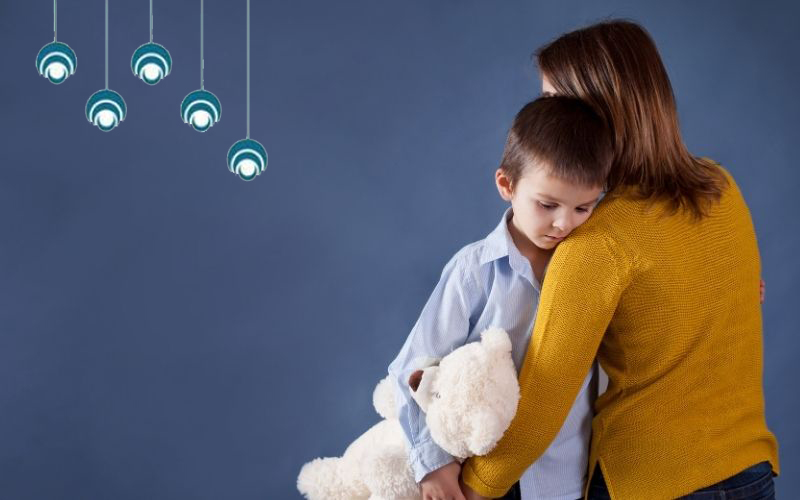- Puddle-Jumping Children can be really distressed one minute and then laughing the next, it called puddle-jumping and normal. Additionally, they might not react to the news of the death in distress because they don’t really understand the finality of death.
- Honesty Although you may want to shield your child, it’s actually better, in the long run, to be honest about death and the circumstances around your loved one’s death. Your child may have questions about their own mortality and yours, be honest. but also reassure them
- Be Direct Avoid euphemisms such as gone to sleep forever as this is confusing. It may seem hard but try using the words dead/died instead of gone away’ Children may believe they are coming back eventually with this type of language.
- Show your grief Children learn and mimic our behavior, show them that it’s appropriate and normal to cry and feel sad when somebody you love dies or is terminally ill.
- Making a Memory Box’

– Find a box (it doesn’t have to be expensive) – Find things that hold precious memories and remind you of that person (e.g. a lock of hair, their perfume, favorite book, or scarf). -Write down why they are special to you e.g. memory of that person. CK @grief guide -If you can include lots of photos, cards, or letters they have written. -Talk about the person whilst doing it and what they liked doing.
- “Expression’ Children don’t always have the sophisticated language that we do to express ourselves, so we must try to encourage expression through art, creativity and play. You may just naturally notice a switch in their drawings or imagination games which may replay hospital or death scenes. You might find it easier to answer questions this way.
- Kingdom Things to Remember: We don’t say ‘Committed Suicide’ because that refers to a time when suicide was illegal. We now say Died by Suicide’ because they died from an illness. We should never ask ‘how they did it or details of their death, firstly because it is very traumatic for family members to relive it. Secondly, it implies choice and blame on the person that Losing a loved one to suicide has been described as ‘grief with the volume turned up’ it is classed as a traumatic loss and has unique elements compared with other losses.
- How we can support somebody who has lost a loved one to suicide: @grief guide most importantly asks them how they would like to be supported & if there is anything you can do to ease their pain. Raise some money & be an advocate for mental health & suicide awareness in memory. Don’t be afraid to talk about the person’s life. Keep checking in, send them a card or text just to say your thinking of them. Provide a safe space for them to talk & express how they really feel. Check out my post: “What your grieving friend really wants you to know’ for more tips.

